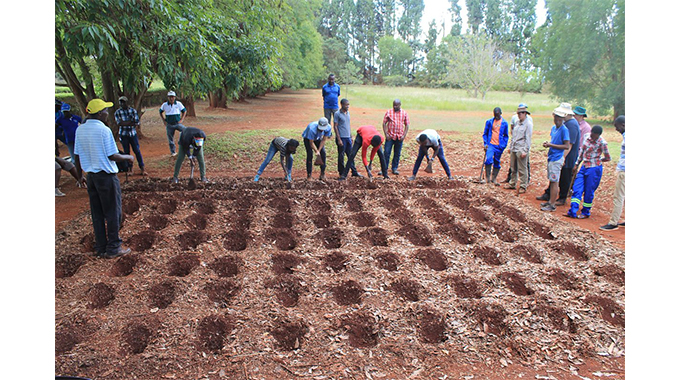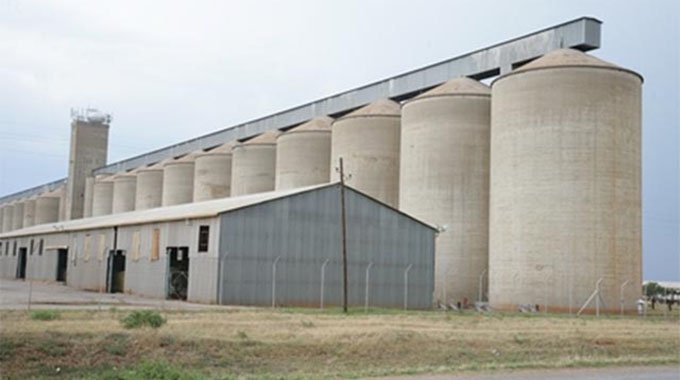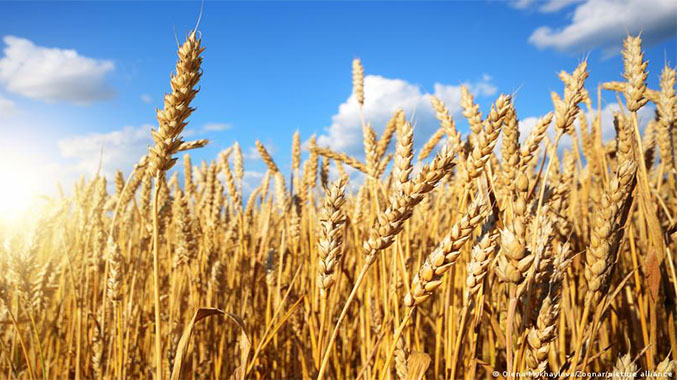
The Sunday News

Rutendo Nyeve, Features Reporter
IT is quite difficult to amplify the role that agriculture plays in human development; from providing basic sustenance to the creation of employment to thousands if not millions of people countrywide.
Agriculture is by and large a fundamental part of almost all communities and the economy.
While agricultural systems must adapt towards meeting a growing number of challenges and constraints, this transformation is crucial towards achieving Zimbabwe’s Vision 2030 as expoused by President Mnangagwa which seeks to position the country as an upper middle income economy.

President Mnangagwa
Research shows that one-third of the earth’s land is devoted to agriculture, more than any other industry. While the country’s agricultural sector has not been performing well over the past decades due to the impacts of climate change and inadequate rainfalls recent developments under the Second Republic has reinvigorated the sector.
Global estimates suggest that the world will need to increase food production by 60-70 percent by 2050 with many developing countries having to double food production.
Research findings have also suggested that agriculture must reduce the pressure placed on the environment, including land degradation, water depletion, pollution, unbalanced nutrient cycles, greenhouse gas emissions, and threats to bio-diversity.
It has been observed that climate variability and climate change are complicating factors that will likely worsen food insecurity in areas already suffering from poverty and hunger.

Minister of Lands, Agriculture, Fisheries, Water and Rural Development, Dr Anxious Masuka
As such, suggestions have been made globally for countries to maximise agriculture’s potential to reduce rural poverty which is another challenge, particularly in Sub-Saharan Africa.
Efforts to increase farm productivity, improve access to markets, and subsidise inputs may even contribute to inequalities by favouring farmers with greater access to resources and capital. Reducing rural poverty thus requires long-term agricultural and economic growth that prioritises the needs of the poor, including creating new job opportunities for people in rural areas.
It is against this background that the Second Republic came up with robust legislative, strategic and policy transformative measures that would ensure the sustainable development of agriculture and food systems which is essential to increase food availability and utilisation, improve human health, create more prosperous rural communities, and rejuvenate the environment.
One such blue print is the Agriculture and Food Systems Transformation Strategy which was introduced by President Mnangagwa in August 2020 and has already started posting positive results.
Addressing congregants recently in Bulawayo at a National Prayer and Thanks Giving Service which was graced by Acting President Constantino Chiwenga, Minister of Lands, Agriculture, Fisheries, Water and Rural Development, Dr Anxious Masuka spoke of some of the positive results that the agriculture sector has since posted.
“Since the advent of the Second Republic, some five-years ago on 17 November 2017, President Mnangagwa has implemented a raft of policies, strategic and legislative interventions to under-girdle the transformation of the agriculture sector through the Agriculture and Food Systems Transformation Strategy (AFSTS).

Pfumvudza/Intwasa
“Resultantly, much was achieved, including a record wheat harvest in the just ended season; the introduction and subsequent consolidation of the climate-proofing agenda (Pfumvudza/Intwasa), the launch of the Rural Development 8.0 paradigm; the innovative land-based financial capitalisation of the Agricultural Finance Corporation; transiting from land distribution to focusing on production through submission of ‘Annual Production and Productivity Returns’ by farmers; and accelerated irrigation and mechanisation development to under-girdle and sustain transformation that leaves no household and no village behind,” said Dr Masuka.
The strategy was to witness the re-building of agriculture as this eco-chamber strategy resonated with the President’s mantra of rebuilding Zimbabwe brick by brick, stone upon stone, leaving no one and no place behind.
By most assessments the strategy has inspired the agriculture sector to exceed the US$8.2 billion agricultural economy envisaged by 2025. In 2021, agriculture grew by 36 percent, when the country produced a record maize crop of 2.9 million tonnes.
Cognisant of the fact that the agriculture sector needed to adapt to the changing weather patterns due to climate change, Minister Masuka said climate proofing agriculture was introduced under this strategy which inspired increased yields and production since its inception.

Grain Marketing Board
“To consolidate the climate-proofing agenda, initiated as Pfvumvudza/Intwasa in the 2019/2020 season, in the 2022/2023 season the Government pronounced that what is grown in an agro-ecological is not determined by what the farmer wants, but is determined by the requirements of the agro-ecological region.
“Equally, what Government supports in terms of inputs, is determined by the requirements of the agro-ecological region and not what the farmer wants. This should assure households especially in the vulnerable agro-ecological regions three, four and five of food security while propelling national traditional grains production to 500 000 metric tonnes annually,” said the Minister.
“Because of the President’s interventions, over the last two seasons, the country has become food secure. Currently, the cereal quantities in the Strategic Grain Reserve at GMB are as follows, maize (451 761 metric tonnes), traditional grains (76 920 metric tonnes), cumulatively, 528 681 metric tonnes,” he added.
Dr Masuka revealed that these stocks were enough to see the country to the next season’s harvest which begins in May 2023.
For the 2022/23 farming season, through the transformation strategy, Government has plans to increase maize production to three million tonnes and traditional grains to 500 000 tonnes.

wheat
The positive yields posted in the wheat harvest this past season have seen the country joining Ethiopia as the only countries self- sufficient in wheat.
“As we now know, Zimbabwe and Ethiopia are the only two African countries that are self-sufficient in wheat. In Zimbabwe 2022, the area planted to wheat increased from 66 434 hectares in 2021 to 80 883 hectares. Wheat production was 375 000 tonnes, a record for the country, compared to 337 212 metric tonnes produced in 2021,” said Dr Masuka.
While all the achievements of the Agricultural and Food Transformation Strategy which runs up to 2024 cannot be exhausted, in summary it has seen significant strides being made towards food security for the nation; elimination of food imports; increased and diversified exports; enhanced value addition and beneficiation; increased employment creation and livelihoods improvement for the attainment of Vision 2030.
Follow on Twitter: @nyeve14



